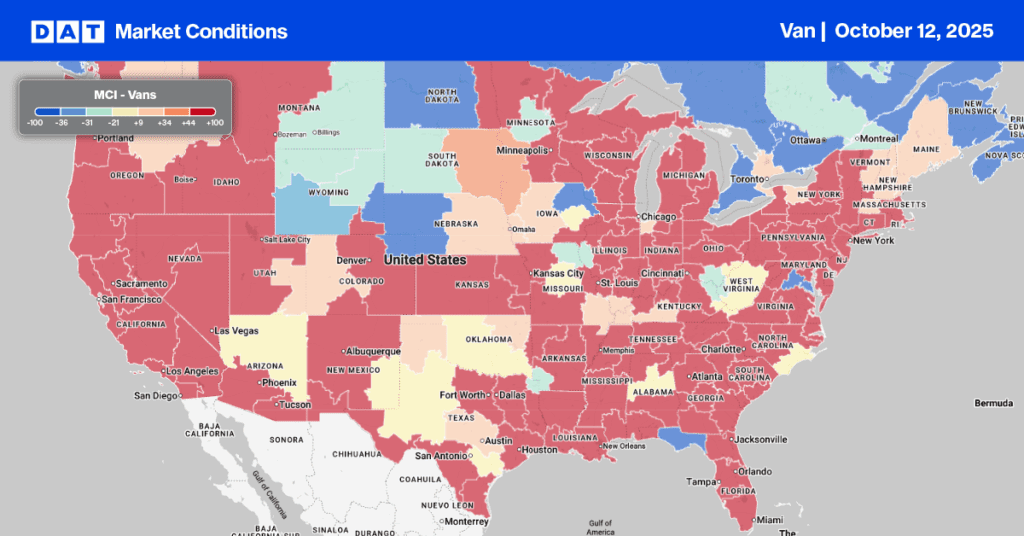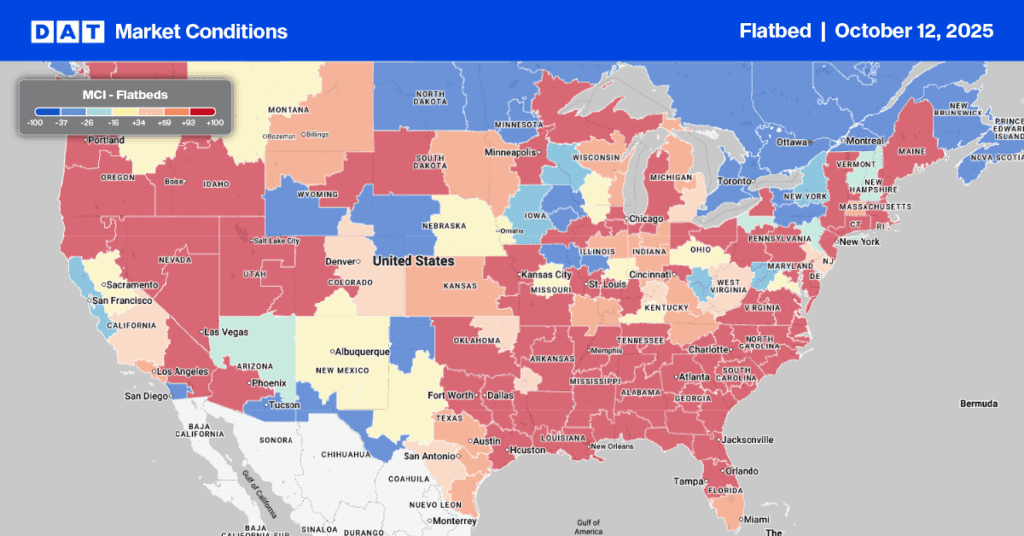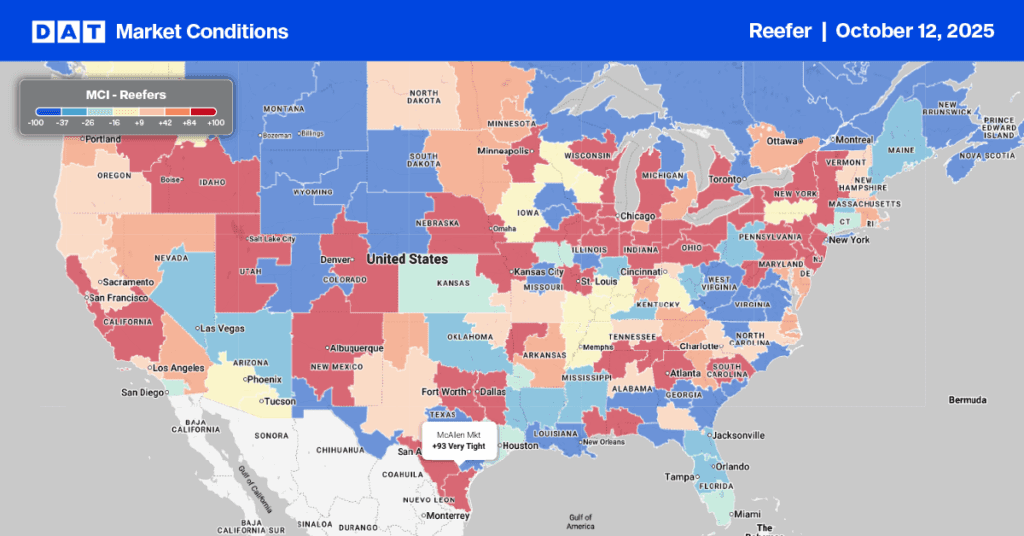The unofficial start date for the 2023 produce season has been announced for truckload carriers, and it’s April 19th when the much-awaited Vidalia Onion begins shipping. Around the same time, the Florida produce season is almost halfway through, followed by the start of the peach season in Georgia and South Carolina. This creates a chain reaction for higher reefer demand in the Southeast, eventually spreading nationwide as summer crops are harvested. In a typical year, reefer truckload capacity begins to tighten at the start of April each year and then extends to the July 4th holiday break. There are signs that this is already starting as reefer spot rates in California and Florida increase as produce ships in meaningful volumes.
Why is the Vidalia Onion so famous?
Each year Vidalia Onion devotees eagerly await the announcement of the pack date or time shoppers will soon be able to purchase the product, which is only available for a limited time each year. The date is determined each year by the Vidalia Onion Committee (VOC), composed of industry members, agriculture scientists, and the Department of Agriculture, based on soil and weather conditions in South Georgia. The shipping season typically spans 20 weeks from the pack date to the end of August and is celebrated yearly at the Vidalia Onion Festival. This year the big event is on April 20-23 in Vidalia, Georgia.
“Vidalia Onion” is a trademarked name for 60 registered growers in 20 southeastern Georgia counties. Because Vidalia onions are unique, farmers united in seeking legal protection for their crop and its name in 1989 through Federal Marketing Order No. 955. This defines where the crop can be grown and by whom, but growers cannot call it a “Vidalia” unless it is from Georgia.
Where do onions come from anyway?
According to the VOC, they ship around 200 million pounds of Vidalia Onions annually. That’s almost 5,000 truckloads distributed across the country and Canada each year! The U.S. also imports about 13% of annual onion tonnage — 56% from Mexico and 38% from Peru. Mexico shipping volumes peak in March and usually run through to the end of June when the Peru season ramps up and continues through March each year. In the U.S., onions grow in or near many of the same regions as potatoes, so it’s no surprise to see states including Washington, Idaho, Oregon, and California at the top of the list. Washington State produced around 29% of the annual crop in 2022, according to the USDA, followed by Idaho (16%), Oregon (14%), and California (11%).
In the Pacific Northwest (PNW), onions ship from August until March or April. Between the Georgia and PNW onion season, New Mexico and California reach their harvest peak, providing a constant year-round supply of onions for the U.S. market.
Will we see the typical Independence Day bump in spot rates this year?
As we start April, reefer capacity is still over-supplied in most markets, with national average spot rates
hovering below $2.00/mile. Excluding 2022, when reefer spot rates dropped by $0.21/mile from the Vidalia Onion Pack Date to Independence Day, linehaul rates typically increase on average by $0.26/mile over these 11 weeks. Because reefer carriers that typically haul dry van freight in the off-season migrate to temperature-controlled produce in the summer, dry van capacity tends to tighten also. Over the same period, dry van rates typically increase by $0.19/mile.
Recent devastating rains in California have damaged some crops and delayed the planting of others. Like last year, when drought dried up truckload volumes, the fate of the national produce season depends on how well the Golden State performs. This region typically produces around half of the nation’s fruit, nuts, and vegetables, and so as California goes, does the country.


